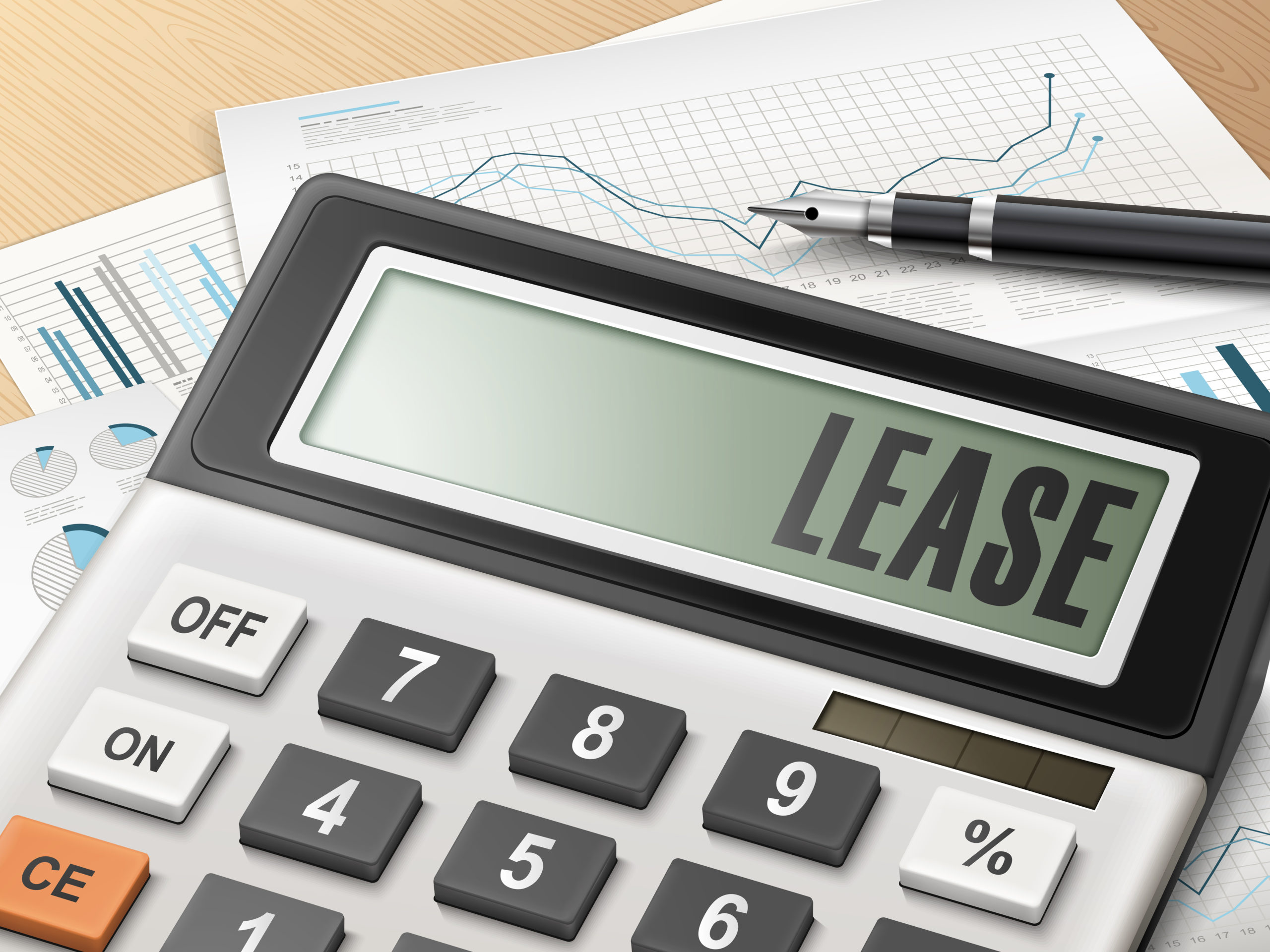This article, "What to Know Now that New Leasing Standards are in Effect," originally appeared on AccountingWeb.com.
Now that new leasing standards issued by FASB and IASB are effective, the first quarter or first half year results will show these lease obligations front and center on the balance sheet. Here’s what you need to know and how you can better assist your clients when it comes to lease accounting.
Accountants and auditors have been challenged to locate leases, implement new lease systems and establish related control processes in preparation for recognizing these contracts as obligations on the balance sheet. While they’ve been implementing the standard, CFA Institute developed a guide to assist investors and other financial statement users in understanding the impacts of the new leasing standards on IFRS and US GAAP financials.
Leases: What Investors Need to Know About the New Standard, outlines the top ten considerations for investors in making sense of this transition to the new standard. While aimed at investors and other users, accountants and finance officers should consider the same implications of the new standard – especially as they seek to explain them to clients and investors.
Balance Sheets: They Are Getting Bigger
The basic tenet under both standards is that an obligation to make lease payments is a liability that should be recognized on the balance sheet, regardless of whether the lease is classified as an operating lease or a finance lease. The liability is measured as the present value of future lease payments.
The offset to this liability is a “right-of-use” asset, representing the lessee’s right to use the lessor’s asset over the lease term. As a result, all leases will now create both an asset and a liability for the lessee. From an investor perspective, this is an improvement over previous accounting as investors have been estimating this leverage adjustment for decades and will now get the opportunity to compare their estimates to the actual liabilities recognized.
IFRS vs. US GAAP: Income Statement Comparability is a Casualty
While both the IFRS and US GAAP standards require the recognition of a right-of-use asset and a lease liability on the balance sheet, the income statement treatment and cash flow presentations differ. Income statement comparability is a casualty of the FASB and IASB’s decision to go different ways in the classification of leasing arrangements.
Under US GAAP, many leases will be classified as “operating leases” and there will be little change to the income statement and cash flow statement. In contrast, all leases under IFRS, as well as some leases under US GAAP, will be classified as “finance leases” and overall expense recognition will be higher in the earlier years of the lease.
Beware: Non-GAAP Measures Won’t Be Comparable
The recognition of interest expense for leases classified as finance leases will impact non-GAAP measures such as EBIT and EBITDA. Because interest expense and amortization expense are presented “below the line” of operating profit, EBIT and EBITDA will be higher for companies with finance leases and will be higher for companies that report under IFRS where all leases are classified as finance leases. For operating leases (US GAAP), these non-GAAP measures will not change.
So, despite EBIT and net income being lower under IFRS, the EBIT and EBITDA will be higher. The only way to make a like-for-like comparison between IFRS and US GAAP companies will be to look at EBITDAR (Earnings Before Interest Taxes Depreciation Amortization and Rent).
Actual Cash Flows Don’t Change
While actual cash flows are not changing, the presentation of cash flows in the statement of cash flows will for IFRS companies, and US GAAP companies with finance leases, change. If a lease is a finance lease, the portion of the lease payment representing a repayment of the lease liability will be classified as a financing cash outflow rather than an operating cash outflow.
As a result, cash flows from operations will increase, as will financing cash outflows, under IFRS, and when there is a finance lease for US GAAP. Cash flows from operations will remain unchanged from prior periods for operating leases – the most likely outcome – under US GAAP. So again, IFRS and US GAAP ratios will not be comparable.
Ratios
Key ratios are dramatically impacted by the aforementioned balance sheet, income statement and cash flows statement changes. Leverage ratios will rise, return on asset ratios will decline, and profitability measures will differ between US GAAP and IFRS – with IFRS ratios based upon net income measures declining and measures based upon operating income rising. Cash flow measures based upon IFRS may also look better given the higher operating cash flows.
Overall
Financial statement users will need to pay close attention to the transition methods employed, the accounting standards followed (US GAAP or IFRS) and the disclosures to gain a full understanding of the impact of the change on the companies they analyze as well as to make comparisons between companies.



